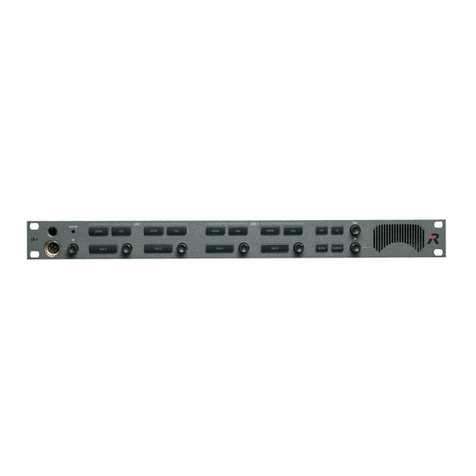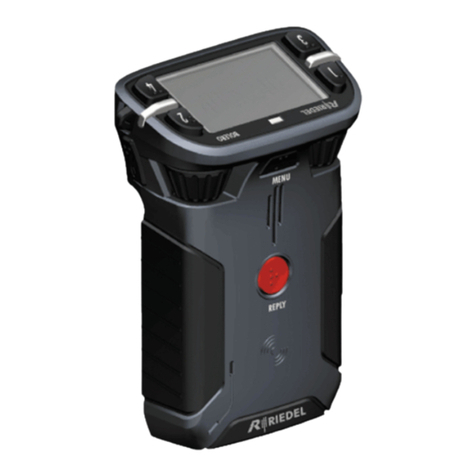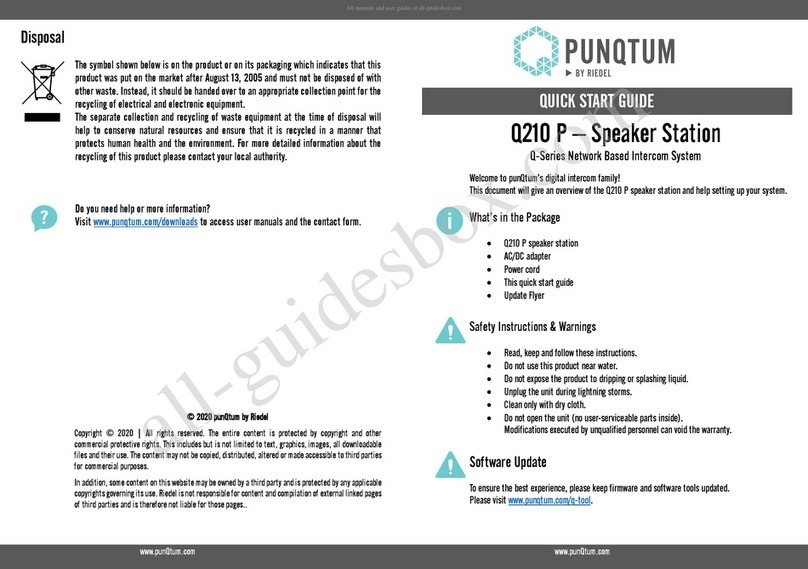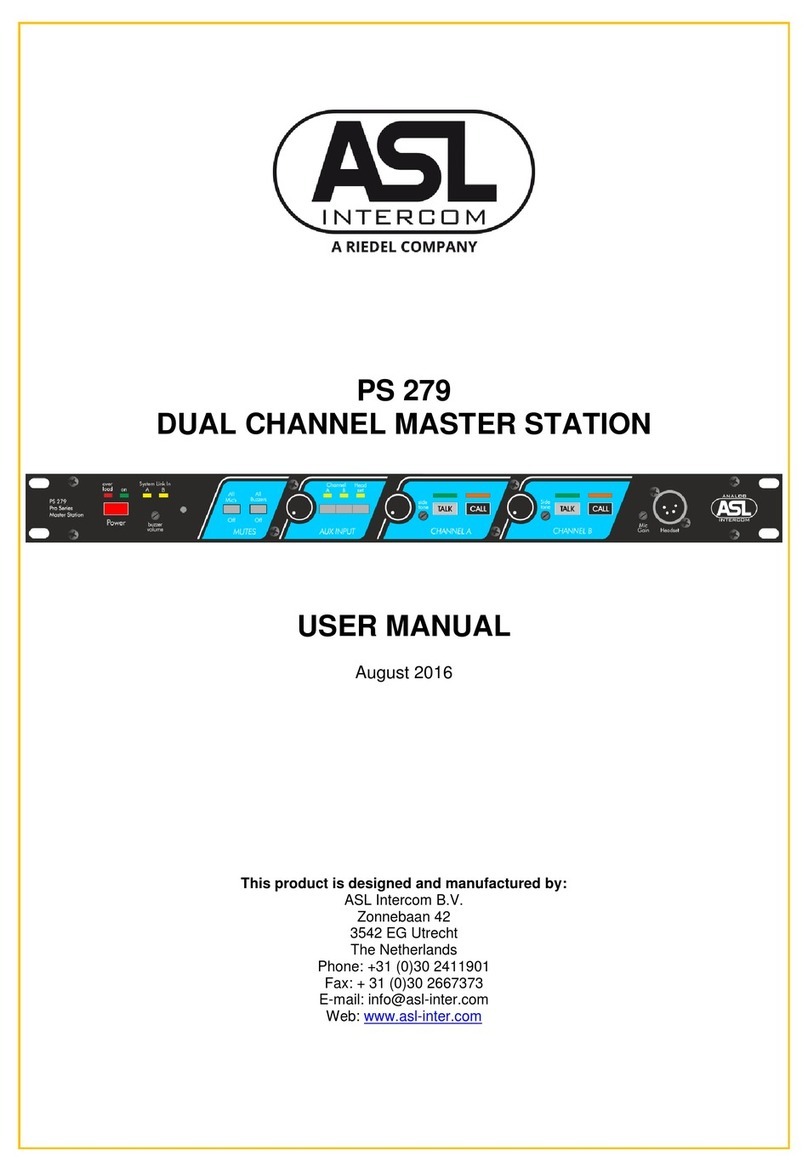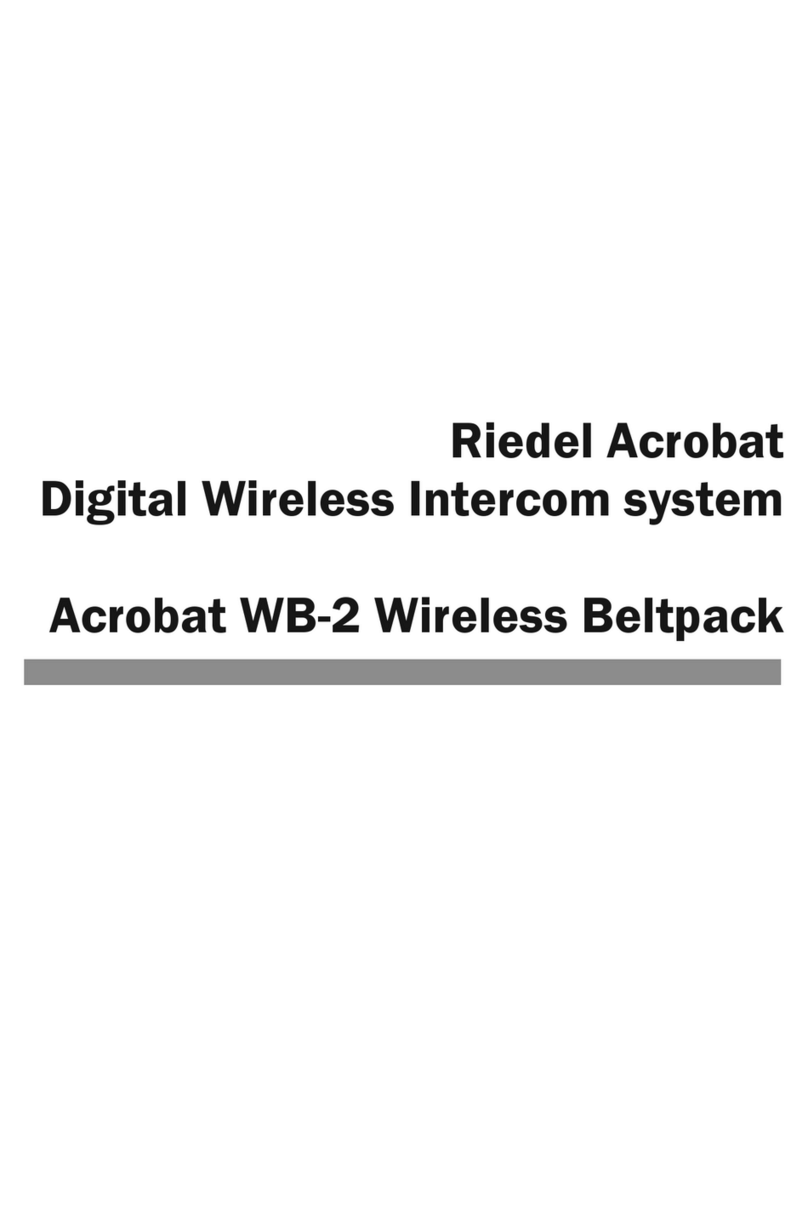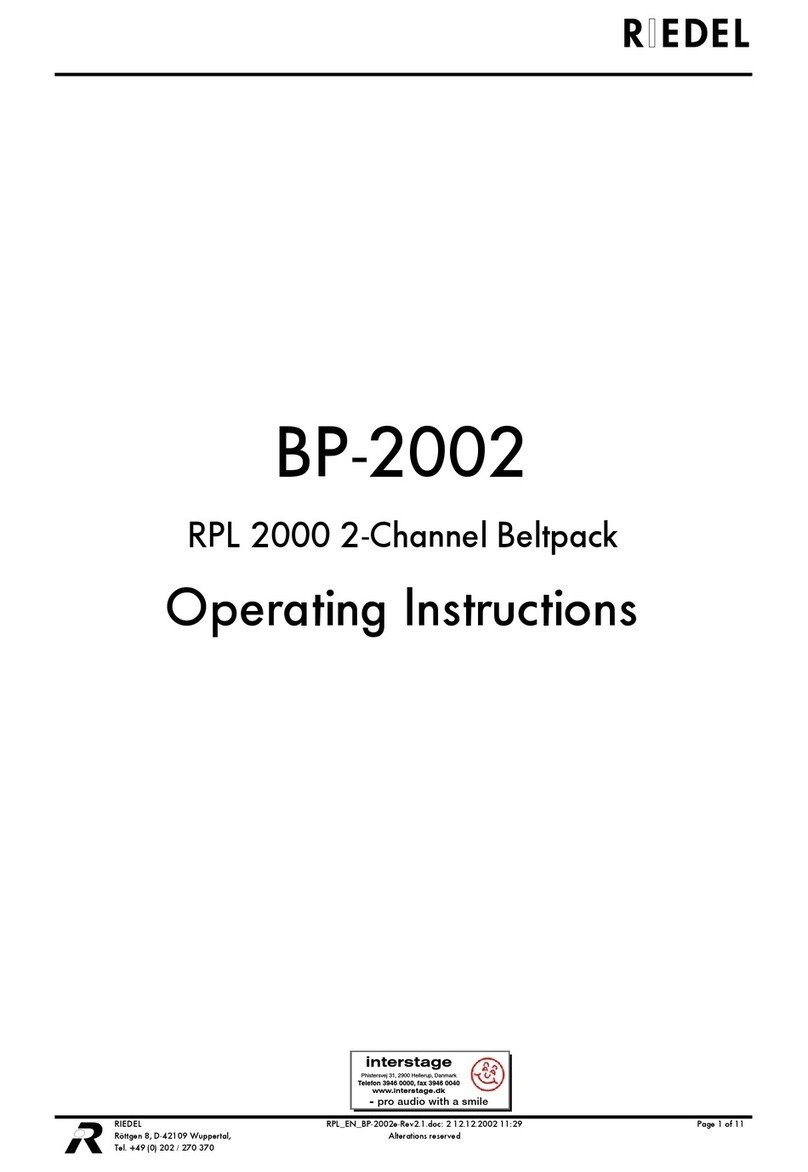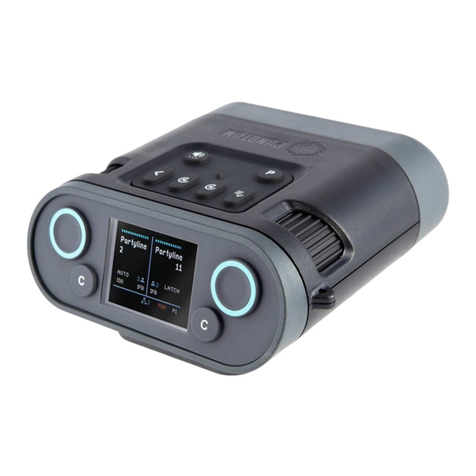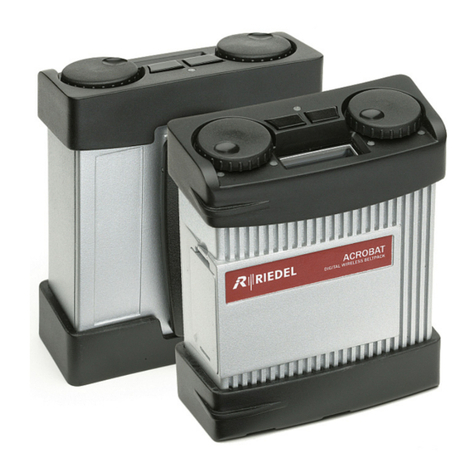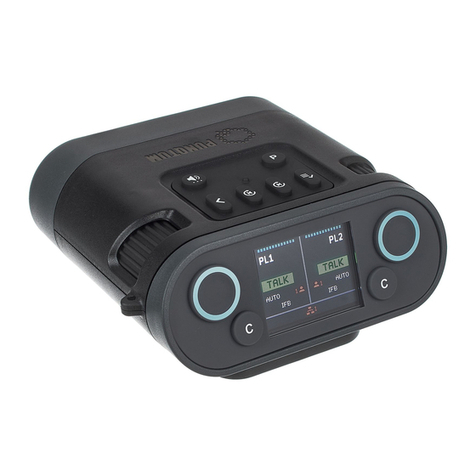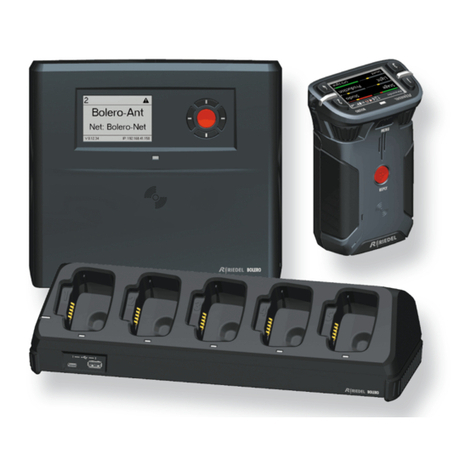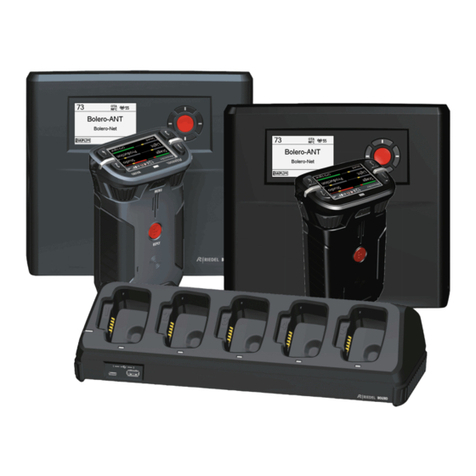
Bolero User Manual A20
CONTENT
1Preface 5
Information ........................................................................................................................................................ 61.1
About Bolero ...................................................................................................................................................... 91.2
2Bolero Beltpack 10
Operating Elements ........................................................................................................................................ 112.1
Status LEDs ...................................................................................................................................................... 132.2
Basic Operation ............................................................................................................................................... 142.3
2.3.1 StartUp ...................................................................................................................................................... 14
2.3.2 Key Functions ............................................................................................................................................ 15
2.3.3 Headset Type ............................................................................................................................................ 15
2.3.4 Volume Adjustment .................................................................................................................................. 16
2.3.5 Quick Menu ............................................................................................................................................... 17
2.3.6 Main Menu ................................................................................................................................................ 18
Features in Detail ............................................................................................................................................ 222.4
2.4.1 Speaker ..................................................................................................................................................... 22
2.4.2 Brightness Mode ...................................................................................................................................... 22
2.4.3 Profiles ...................................................................................................................................................... 23
2.4.4 Signalization ............................................................................................................................................. 23
2.4.5 Silent Mode ............................................................................................................................................... 24
2.4.6 Display Mode ............................................................................................................................................ 24
2.4.7 Lock Keys ................................................................................................................................................... 24
2.4.8 Bluetooth .................................................................................................................................................. 25
2.4.8.1 Bluetooth State .................................................................................................................... 26
2.4.8.2 Pair ....................................................................................................................................... 27
2.4.8.3 Share To Net ........................................................................................................................ 28
2.4.9 Registration ............................................................................................................................................... 28
2.4.9.1 Antenna OTA ........................................................................................................................ 29
2.4.9.2 Antenna NFC ........................................................................................................................ 30
2.4.9.3 Beltpack NFC ........................................................................................................................ 30
2.4.10 De-Registration ......................................................................................................................................... 31
2.4.11 Walk-Test ................................................................................................................................................... 31
2.4.12 Reset .......................................................................................................................................................... 32
2.4.13 Opening the Rubber Cover ...................................................................................................................... 32
2.4.14 Battery ....................................................................................................................................................... 33
2.4.14.1 Charging via USB in the Beltpack ...................................................................................... 33
2.4.14.2 Charging in the Charger ..................................................................................................... 34
2.4.14.3 Replacing the Battery .......................................................................................................... 35
2.4.14.4 Removing the Belt Clip ........................................................................................................ 35
2.4.15 Firmware Update ..................................................................................................................................... 36
Technical Specifications .................................................................................................................................. 382.5
3Bolero Antenna 39
Operating Elements ........................................................................................................................................ 393.1
Status LEDs ...................................................................................................................................................... 413.2
Basic Operation ............................................................................................................................................... 423.3
3.3.1 StartUp ...................................................................................................................................................... 42
3.3.2 Key Functions ............................................................................................................................................ 42
3.3.3 Main Menu ................................................................................................................................................ 43
Web Interface .................................................................................................................................................. 443.4
3.4.1 Net / Antenna ............................................................................................................................................ 45
3.4.1.1 Edit ........................................................................................................................................ 46
3.4.1.2 Menu ..................................................................................................................................... 47
3.4.2 Beltpack Profiles ....................................................................................................................................... 48
3.4.2.1 Edit ........................................................................................................................................ 49
3.4.2.2 Menu ..................................................................................................................................... 50
3.4.3 Registered Beltpacks ................................................................................................................................ 51
3.4.3.1 Edit ........................................................................................................................................ 52
3.4.3.2 Menu ..................................................................................................................................... 53
